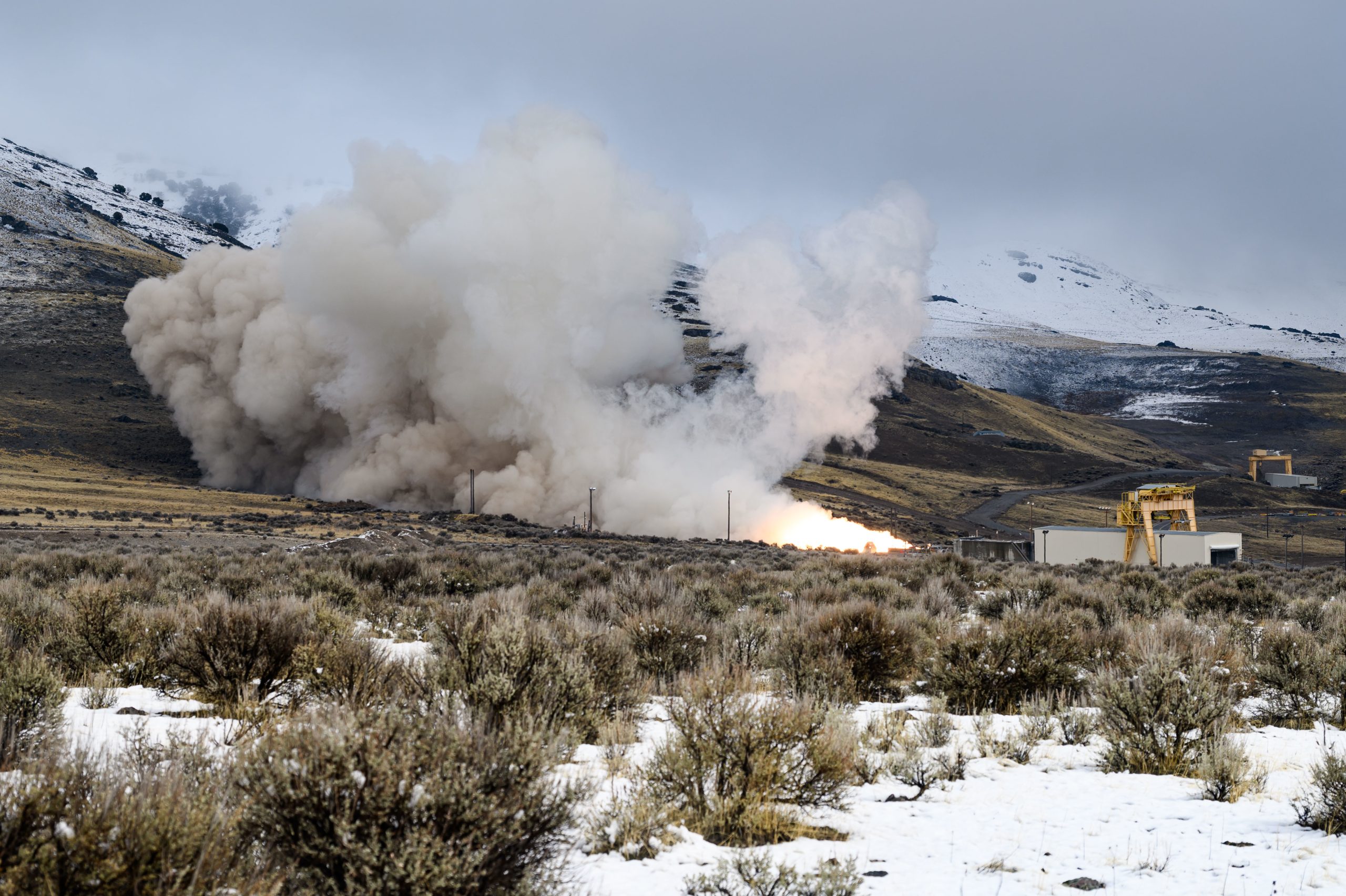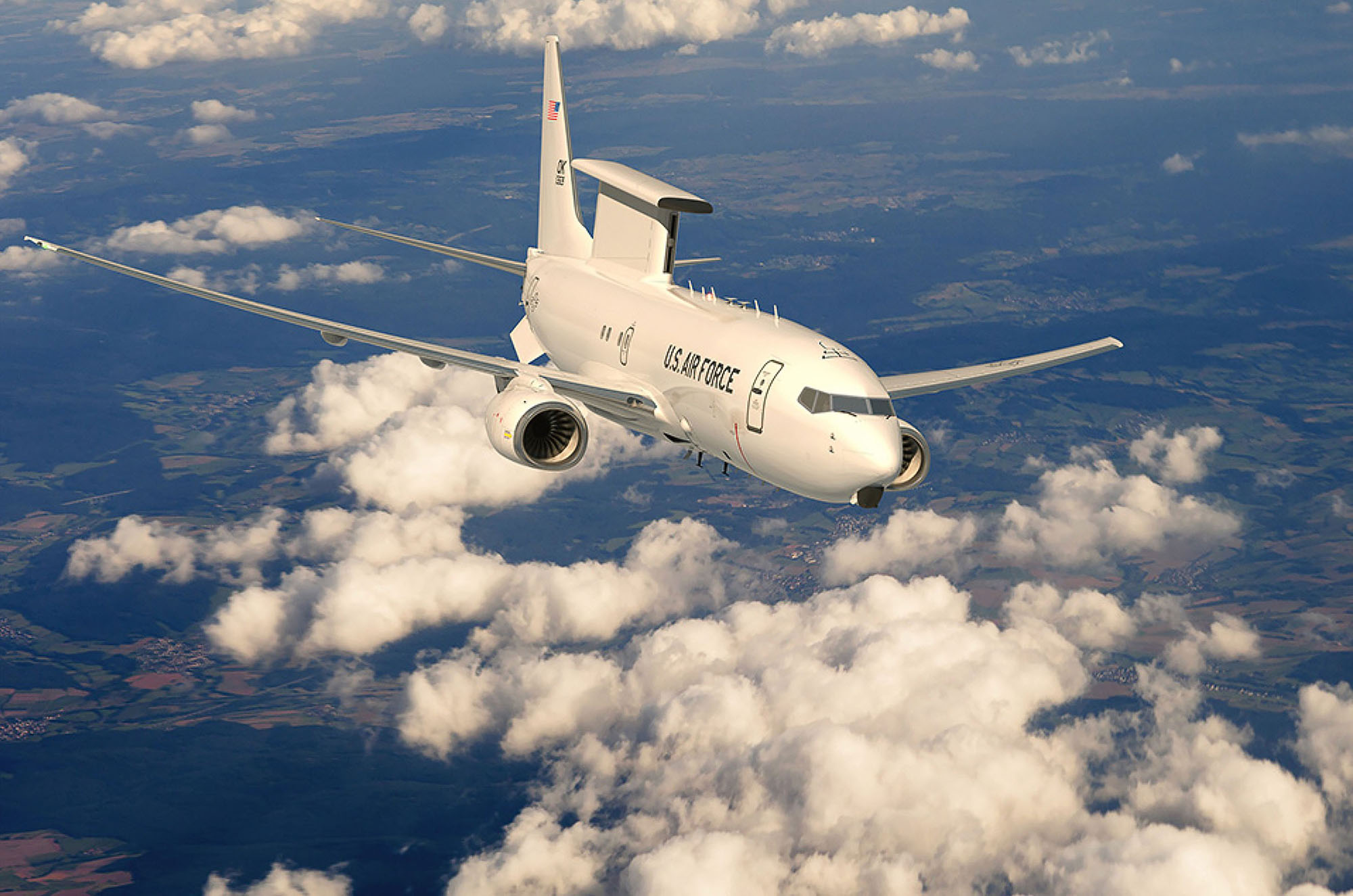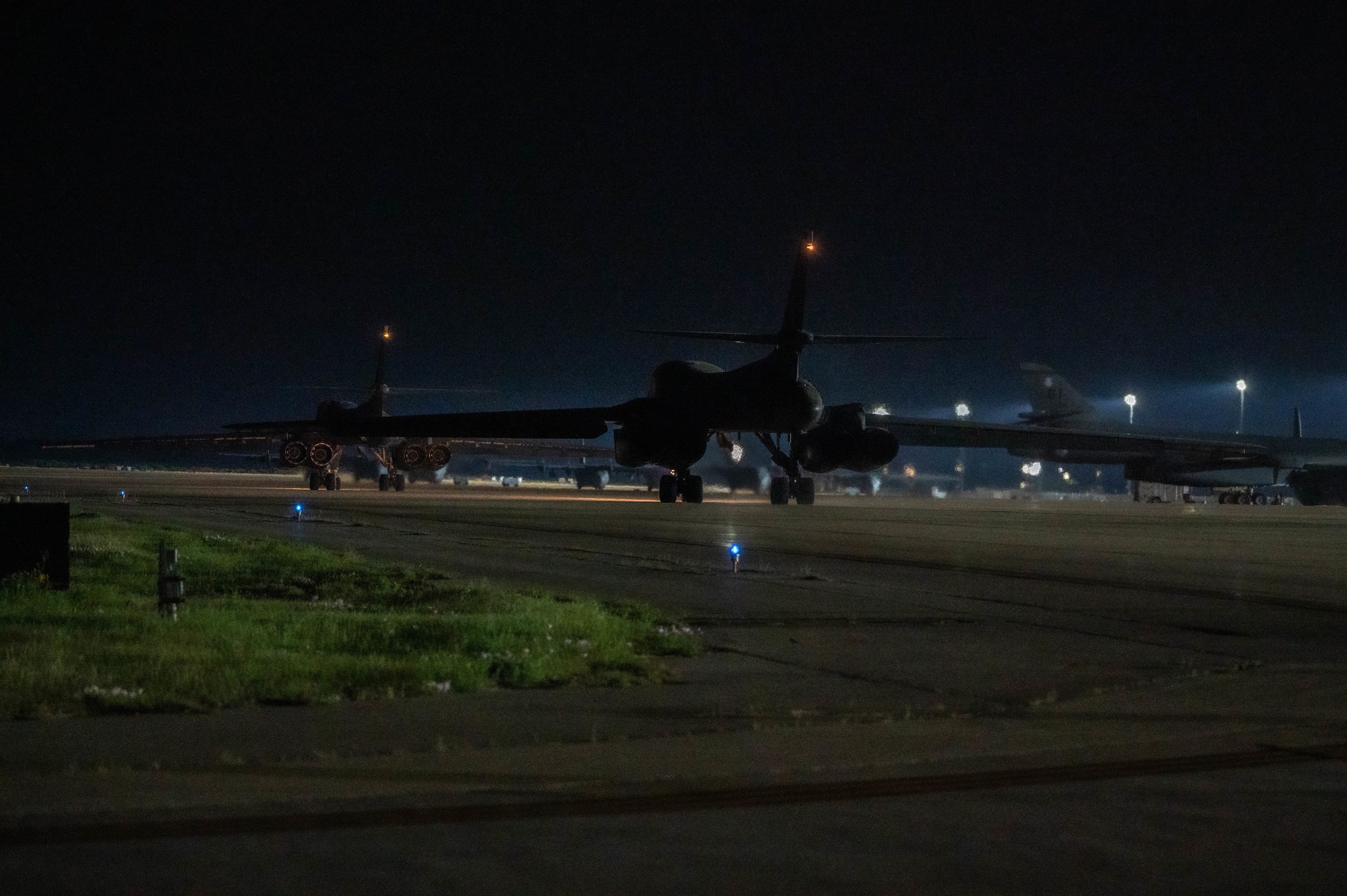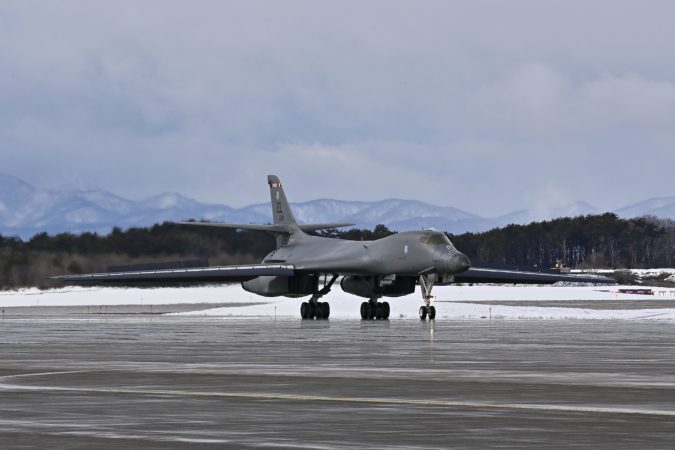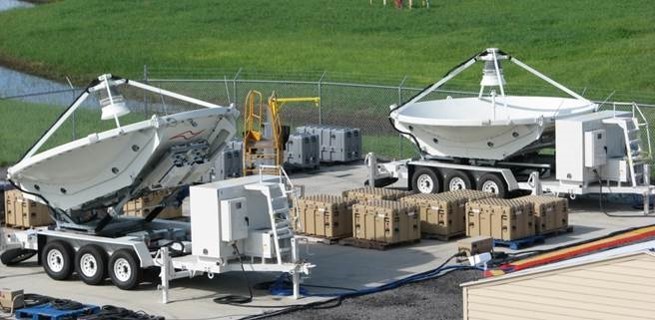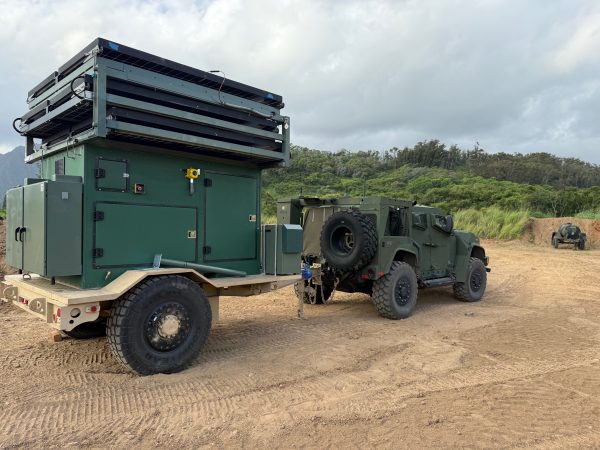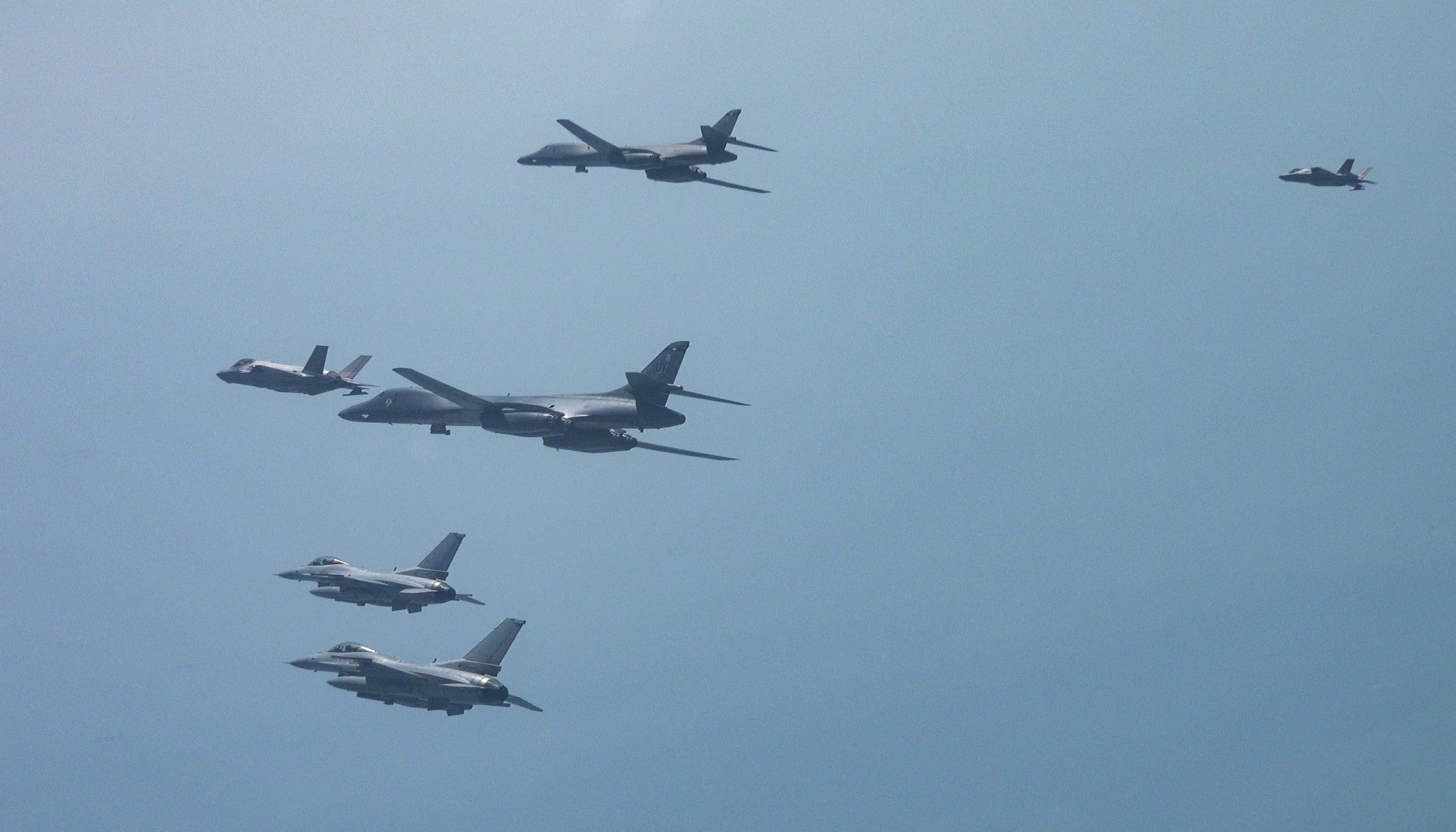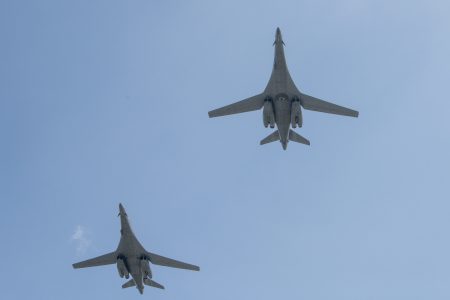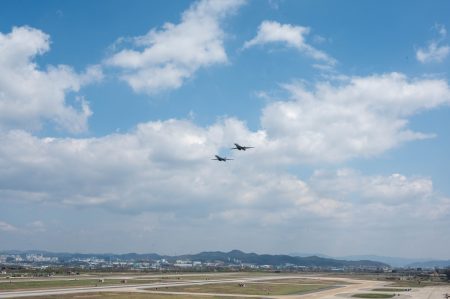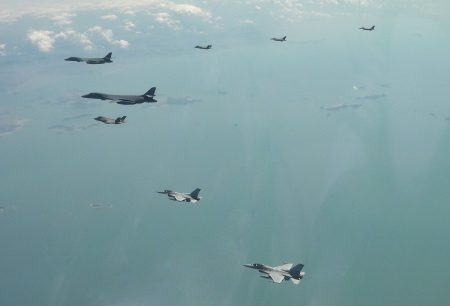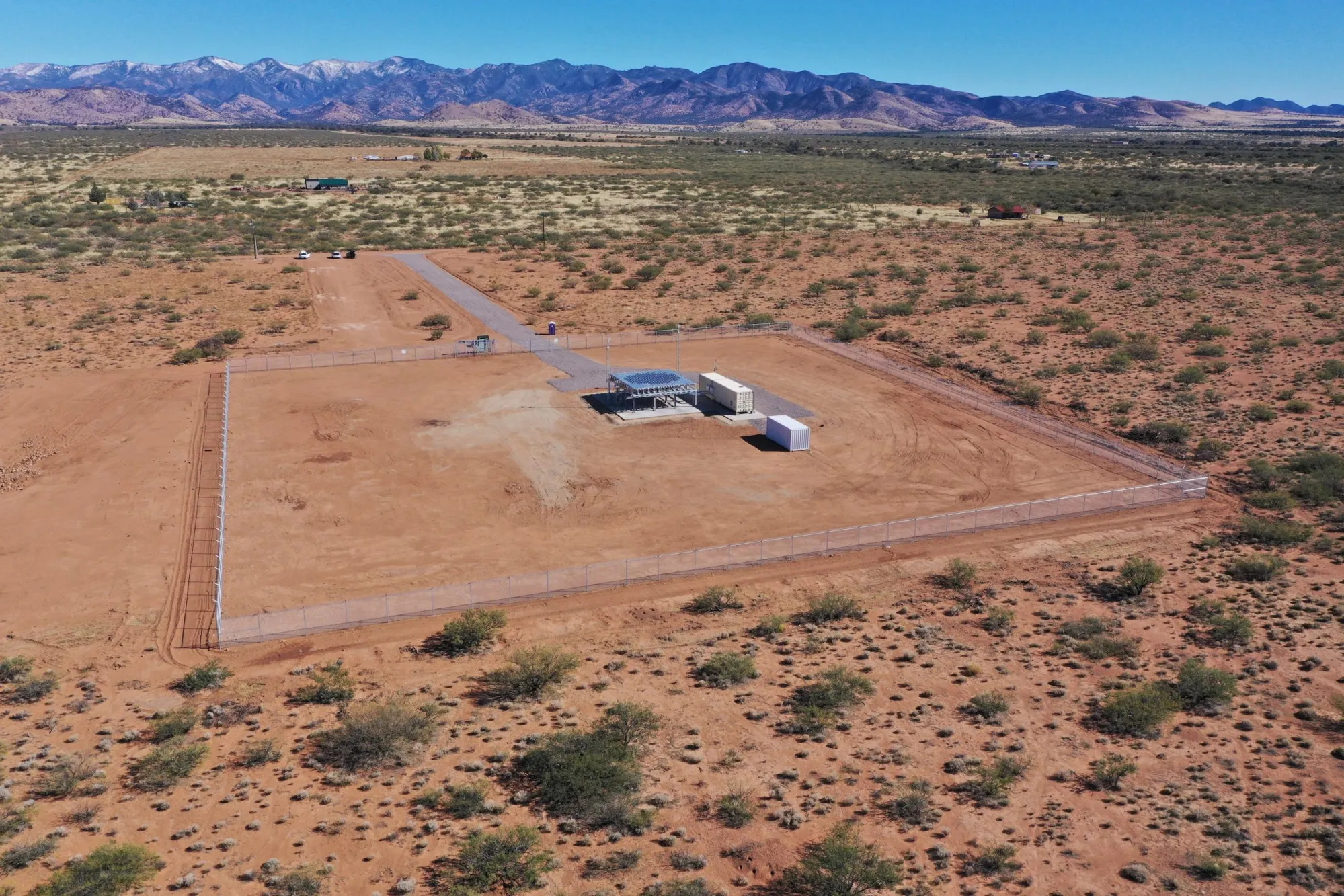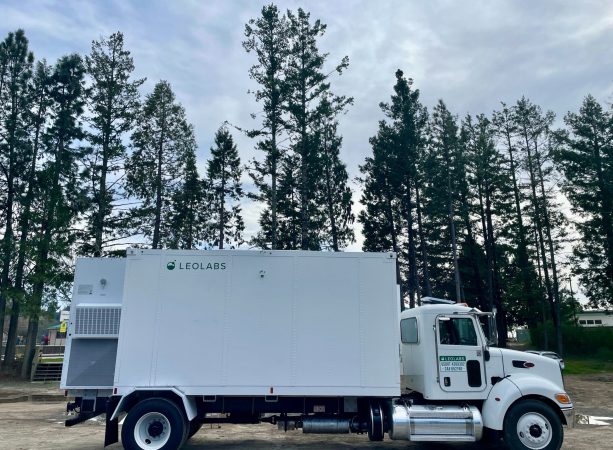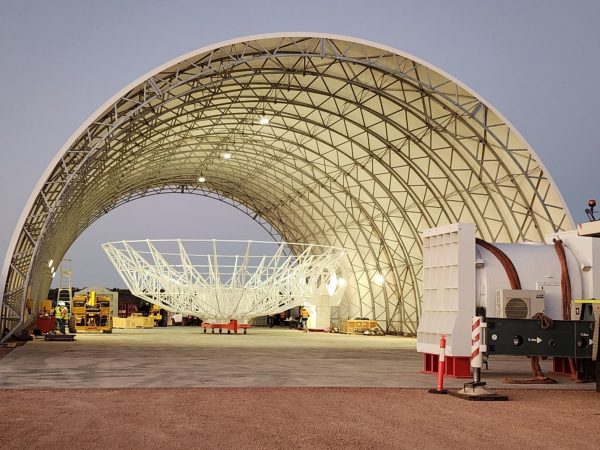An April 16 explosion destroyed a building at Northrop Grumman’s Innovation Systems plant in Promontory, Utah, where the company makes solid rocket motors for government and commercial customers.
There was no immediate report of casualties, which occurred at 7:35 am local time. Local officials said they are investigating the accident.
Northrop issued a brief statement late in the day, saying that “There was an incident in one building at our Promontory, Utah, facility this morning and we are working to determine the cause. Employees working in or near the building today are accounted for and there are no significant injuries reported.”
The Air Force referred inquiries to Northrop.
A Northrop spokesman declined to go beyond the statement and would not characterize the function of the building, and whether it was involved in production of solid rocket motors, or SRMs. Northrop’s Innovation Systems—formerly Orbital ATK—accounts for nearly 90 percent of the SRM capacity in the U.S., a capability that supports Air Force, NASA, and commercial space launch activities.
A local television station flew a helicopter over the building, showing no active fire but major wreckage.
Crucially for the Air Force, Northrop plans to use large solid rocket motors developed in-house for the new LGM-35A Sentinel intercontinental ballistic missile. The Air Force plans to acquire 659 Sentinels, 400 of which will be deployed in silos and 259 for test, development, and capability demonstration purposes.
Northrop has used its Promontory facility, sometimes called “Rocket Ranch,” to conduct test fires of Sentinel’s rocket motors. Most recently, it conducted a full-scale static test fire of the stage-one solid rocket motor on March 6.
The facility is located north of the Great Salt Lake and northwest of the Ogden Air Logistics Complex, which has responsibility for Minuteman III rocket motor sustainment, among other systems.
What is now Northrop Grumman’s Innovation Systems was once the Thiokol company, which was acquired by Alliant Tech Systems in 2001. Alliant Tech Systems became ATK, and merged with Orbital Sciences Corp. in 2015. Three years later, Northrop acquired Orbital/ATK.
The nation’s large solid rocket motor capacity is so concentrated with Northrop that it had to agree to be a merchant provider of SRMs to Boeing in the competition to build the Ground Based Strategic Deterrent, now known as the Sentinel system. Northrop was selected for the contract in 2020, after Boeing announced it would not bid, claiming it could not compete with Northrop’s in-house SRM advantage.
The next-largest producer of SRMs in the U.S. is Aerojet Rocketdyne, since 2023 a part of L3Harris.
